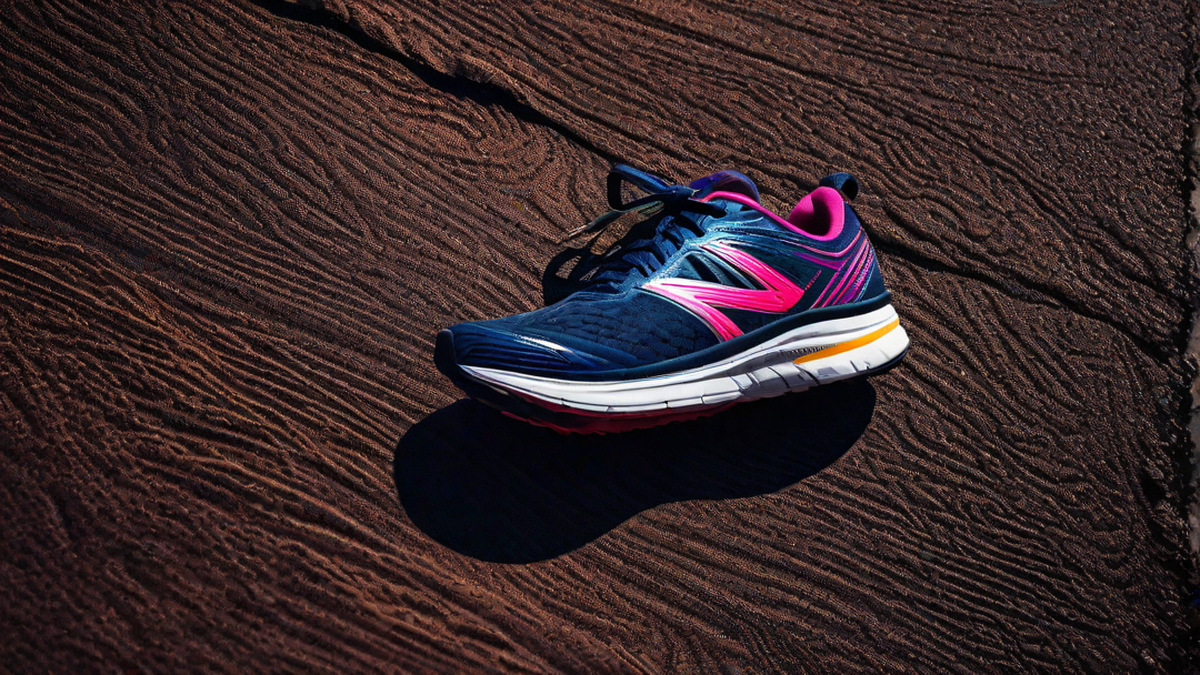As a passionate runner, I understand the importance of having good running shoes. They are not only essential for comfort and performance, but they also play a significant role in preventing injuries. One common question that many runners have is: when should I change my running shoes?
Well, there isn’t a specific answer that applies to everyone, as several factors come into play. However, I can provide you with some guidelines to help you determine when it’s time to retire your beloved running shoes and invest in a new pair.
1. Mileage
The number of miles you run is one of the primary factors in determining when to change your running shoes. On average, running shoes can last anywhere between 300 to 500 miles. However, this figure can vary depending on various factors such as your body weight, running style, and the terrain you run on.
For instance, if you are a heavy runner or regularly run on uneven or rough terrains, your shoes may wear out faster. On the other hand, if you are a lighter runner and mainly run on smooth surfaces, your shoes may last longer. Therefore, it’s essential to keep track of your mileage and inspect your shoes regularly to assess their condition.
2. Wear and Tear
Inspecting the condition of your running shoes is crucial in determining whether they need to be replaced. Look for visible signs of wear and tear, such as worn-out outsoles, frayed or loose stitching, or a compressed midsole. These are indications that your shoes have lost their cushioning and support, which can increase the risk of injuries.
Additionally, pay attention to any discomfort or pain you may feel while running. If you notice that your feet, knees, or joints are constantly aching, it could be a sign that your shoes are no longer providing adequate support and shock absorption. Don’t ignore these warning signs, as continuing to run in worn-out shoes can lead to more severe injuries in the long run.
3. Time
Even if your running shoes haven’t reached the 300 to 500-mile mark or don’t show significant signs of wear and tear, it’s still recommended to replace them every 6 to 12 months. Over time, the materials used in running shoes can break down, reducing their cushioning and support properties.
Moreover, the cushioning materials in running shoes can lose their bounce and responsiveness, negatively impacting your performance. So, even if your shoes appear to be in good condition, they may no longer provide the optimal support and comfort they once did.
Conclusion
Knowing when to change your running shoes is vital for maintaining your running performance and preventing injuries. Keep track of your mileage, inspect your shoes for wear and tear, and consider replacing them every 6 to 12 months. Remember, investing in a new pair of running shoes is an investment in your running journey and overall well-being.

